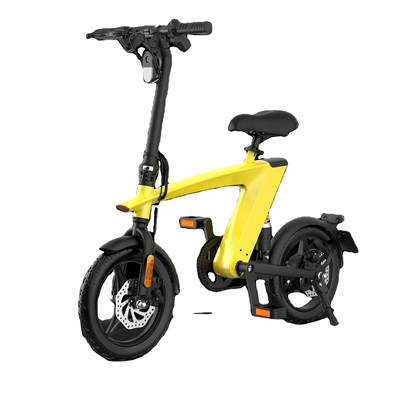Introduction: Electric bikes are a testament to innovative technology, with various components working together to power the ride. In this blog, we’ll take a closer look at the technology behind electric bikes and how each component contributes to the overall performance.
- Electric Motor Types: Electric bikes feature different types of motors, such as hub motors and mid-drive motors. We’ll discuss the advantages of each type and how they influence factors like power delivery and handling.
- Battery Technology: The battery is a critical component that determines the range and performance of an electric bike. We’ll explore the latest advancements in battery technology, including lithium-ion batteries and their role in providing reliable power to the motor.
- Pedal Assist and Throttle Control: Electric bikes offer various modes of control, including pedal-assist and throttle options. We’ll explain how these modes work and the benefits they provide in different riding scenarios.
- Regenerative Braking: Some electric bikes are equipped with regenerative braking technology, which converts braking energy into electrical energy to recharge the battery. We’ll discuss how this feature enhances the bike’s efficiency.
- Display and Connectivity: Modern electric bikes often come with digital displays that provide essential ride data and connectivity features. We’ll explore how these displays enhance the rider’s experience and offer convenient information at a glance.
- Integrated Smart Features: Electric bikes are increasingly incorporating smart features, such as GPS tracking and smartphone connectivity. We’ll highlight how these integrated technologies provide added convenience and functionality.
Conclusion: Electric bikes leverage advanced technology to create a seamless and enjoyable riding experience. By understanding the components that power electric bikes, riders can appreciate the engineering and innovation behind this revolutionary mode of transportation.















